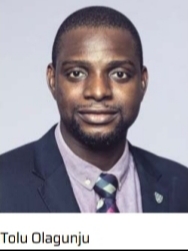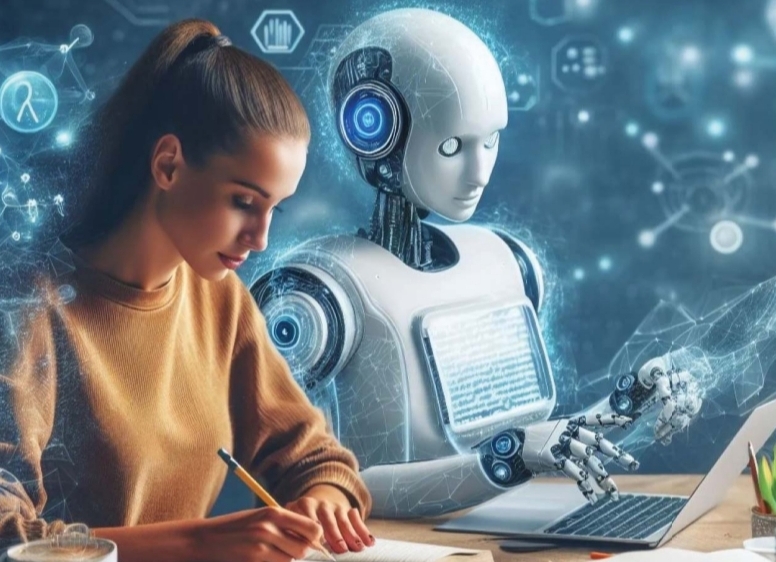‘…the inclination of the heart determines whether everything within our reach becomes an opportunity or a threat.’ Pope Francis.

The word civilisation is derived from the Latin words civis (citizen) or civitas (city). It signifies a stage in sociocultural and techno-scientific advancement. It can be regarded as a considerable level of cultural and technological accomplishment at a particular time in a people’s history. It is a progression of humans, structure, and transformation; identity, culture, and development; ideas, communication, and enlightenment; or values, order, and advancement. Civilisation is an outcome of the divine creative mandate; it is truly a “collaboration of man and woman with God in perfecting the visible creation.”
Essentially, there is no civilisation without motivating values, connections, and order. The motivating values shape the direction, traits, and future of every civilisation, whether as an optimistic utopia or a fearful dystopia. The forms civilisations take and the outcomes they produce depend on the motivating values and social realities at a specific time. Distinct values and attributes characterise different civilisations in human history. For instance, equality, nomadism, and subsistence are some of the features of the earliest civilisation of hunter-gatherers; absolutism, patriarchism, and hierarchism defined the chiefdoms (stateless or semistate) societies that preceded it.
Modern societies are largely characterised by institutionalisation, liberalism, authoritarianism, and a strong struggle for globalisation. Against the ideological and historical background presented above, it is also beneficial to identify some of the key techno-scientific advancements of these eras. For instance, hunter-gatherers invented simple stonemade tools and created artworks, which were recorded in their caves. The chiefdom (stateless or semi-state) societies discovered and advanced metallurgy, writing systems, built empires, trade networks, and codified laws.
Modern societies saw the emergence of the printing press and the Scientific and Industrial Revolution. Long-distance communication (telecommunication), the emergence of modern political ideologies, nation-states, and the strong struggle for globalisation and triumph of the market economy are of this contemporary era. These technological inventions are also deeply connected with digitalisation, high-capacity computing, decentralisation, dematerialisation, biotechnologies, nanotechnologies, robotics, artificial intelligence, and other emerging technologies.
Also, every civilisation bears traces of the past, which often provide insight into the future. For example, while the world remains puzzled by the rise of artificial intelligence (AI) and other emerging technologies, futurists like Ray Kurzweil have envisioned a future of artificial superintelligence (ASI) known as ‘Singularity’. This hypothetical future, unlike the current dominance of artificial intelligence powered by naturally generated data, as they claimed, will primarily or solely rely on artificially or machine-generated data. It can be better understood as a period when machines have acquired sufficient data (information and knowledge) for their independence, that is, a period when they can learn and act by themselves without human supervision.
According to Kurzweil, ‘Singularity’ is a future where superintelligent machines capable of self-enhancement take control of nature, when nature (including humanity) is integrated with machines to address every natural limitation (perhaps including mortality). Although the concept was originally theorised by John von Neumann (1958) as a technological ‘point of no return,’ it was later popularised by Vernor Vinge in his famous 1993 article titled ‘Technological Singularity.’ However, in recent years, Ray Kurzweil predicted that the idea of ‘Singularity’ would become a reality by 2045.
He states that computer intelligence will match human intelligence by 2029 and will surpass it by 2045, thus making machines smarter than humans. In Kurzweil’s words, ‘Singularity is partly here, and it’s going to accelerate.’ With this in mind, we can visualise the future that lies ahead of digital evolution, whether of utopian hopes or dystopian fears. For instance, the hopeful utopians believe technologies of the future will be used to improve the world and solve its most intractable problems with paranormal abilities. For Ray Kurzweil, the next phase of the future of AI will tend towards ‘greater complexity, greater elegance, greater knowledge, greater intelligence, greater beauty, greater creativity, and greater levels of subtle attributes such as love’.
In contrast, pessimistic dystopians like Stephen Hawking believe that giving learning power to machines, especially if they are relied upon to make critical real-life decisions, will be disastrous. They believe it will be tantamount to furthering existing disparity and confusion in the world. Hawking specifically warned of the possibility of an existential threat from ‘technological dictatorship’ with possible AI misalignment or human obsolescence. Imagine something like Mary Shelley’s Frankenstein. As indicated earlier, human identities, values, and ideas are the origin of civilisation. Therefore, the fear associated with any techno-scientific invention lies in the possible crisis in human identities, values, and ideas that ‘distort social relationships and reality’.

For example, such crises arguably trigger biases in the algorithmic foundation of digital technology. Another concern is the unique progression of digital invention that is different from the earlier ones. For instance, earlier inventions had an easily understandable linear progression, but digital inventions have progressed exponentially in an elusive manner. To project a healthy future for digital technologies, these concerns must not only be properly understood but also rightly addressed.
The best approach to understanding and addressing emerging civilization is to prioritise human governance and social institutions over technological evolution by advancing human values and ethical ideals in every technological design. More importantly, as Pope Francis advised in his 2024 World Peace and Communications Day messages, AI, among other emerging technologies, must be approached with the ‘wisdom of the heart’ that is unattainable by machine intelligence since ‘the human heart cannot be artificial’. This will enable man to responsibly control his invention, prioritise the fundamental human values such as “inclusion, transparency, security, equity, privacy, and reliability” while preventing a destructive conflict and existential crisis as imagined in a future of hyperconnectivity and singularity.
• Tolu Olagunju is Faculty Member, School of Media and Communication, Pan-Atlantic University, Lagos.





